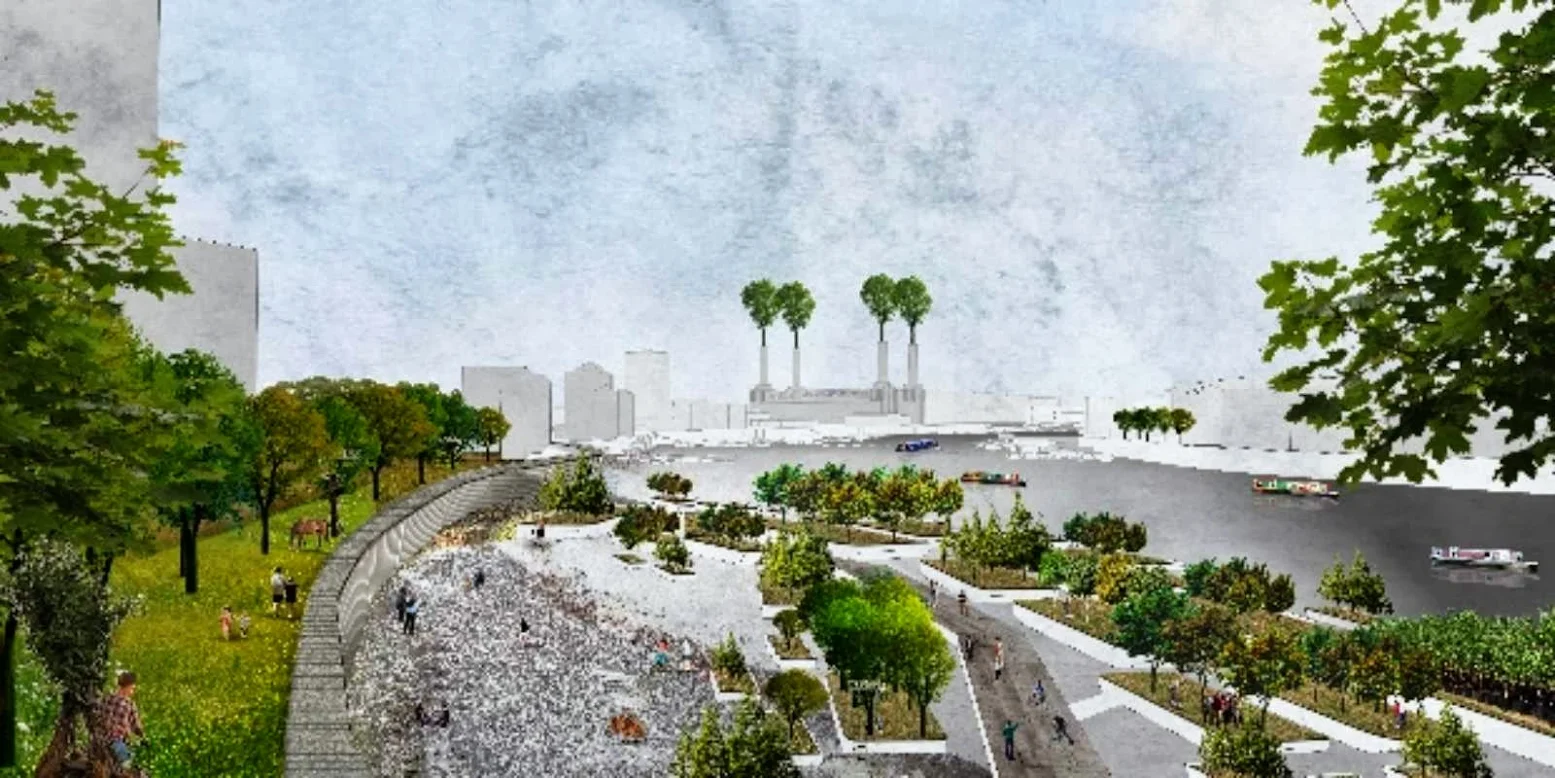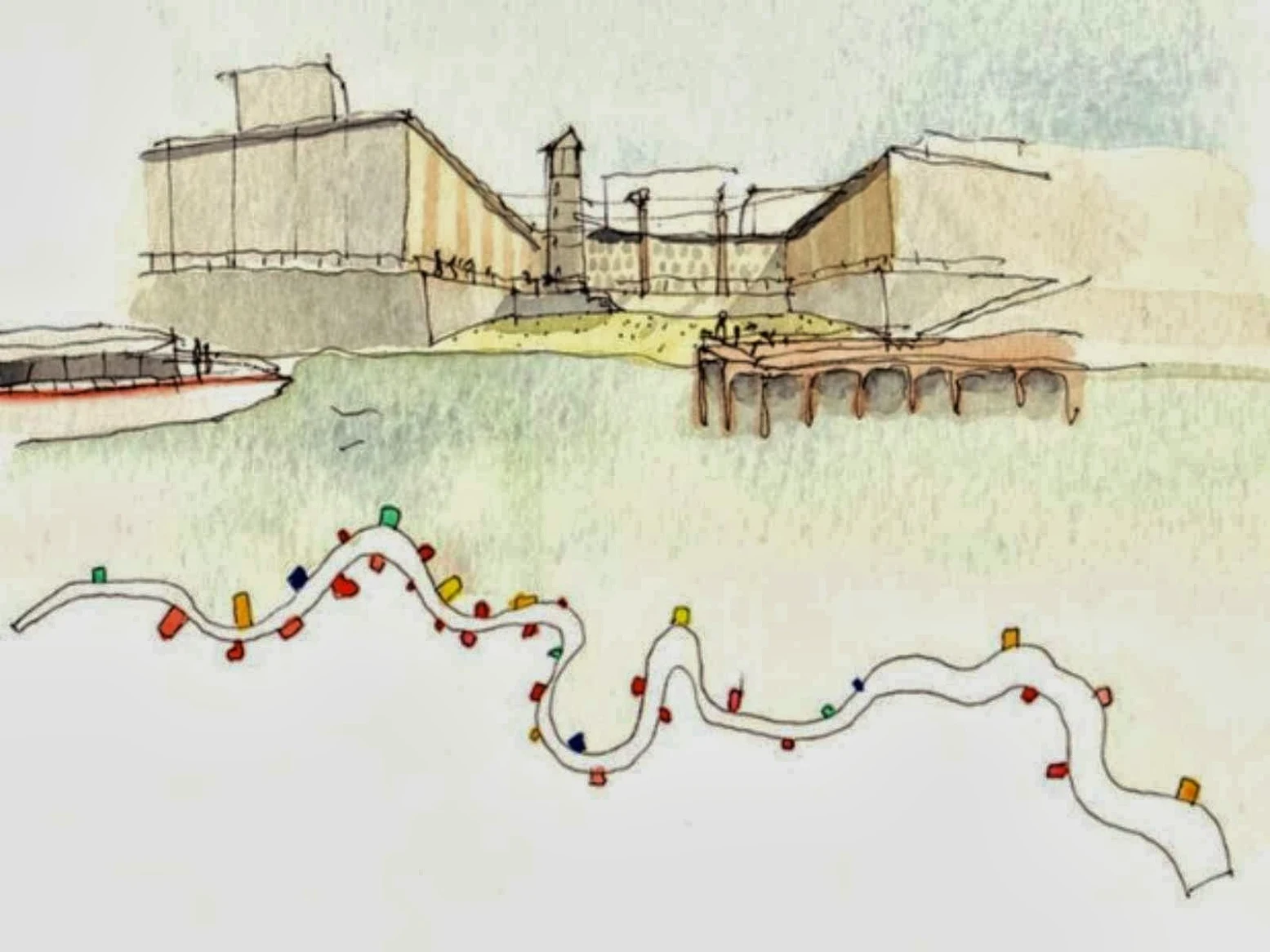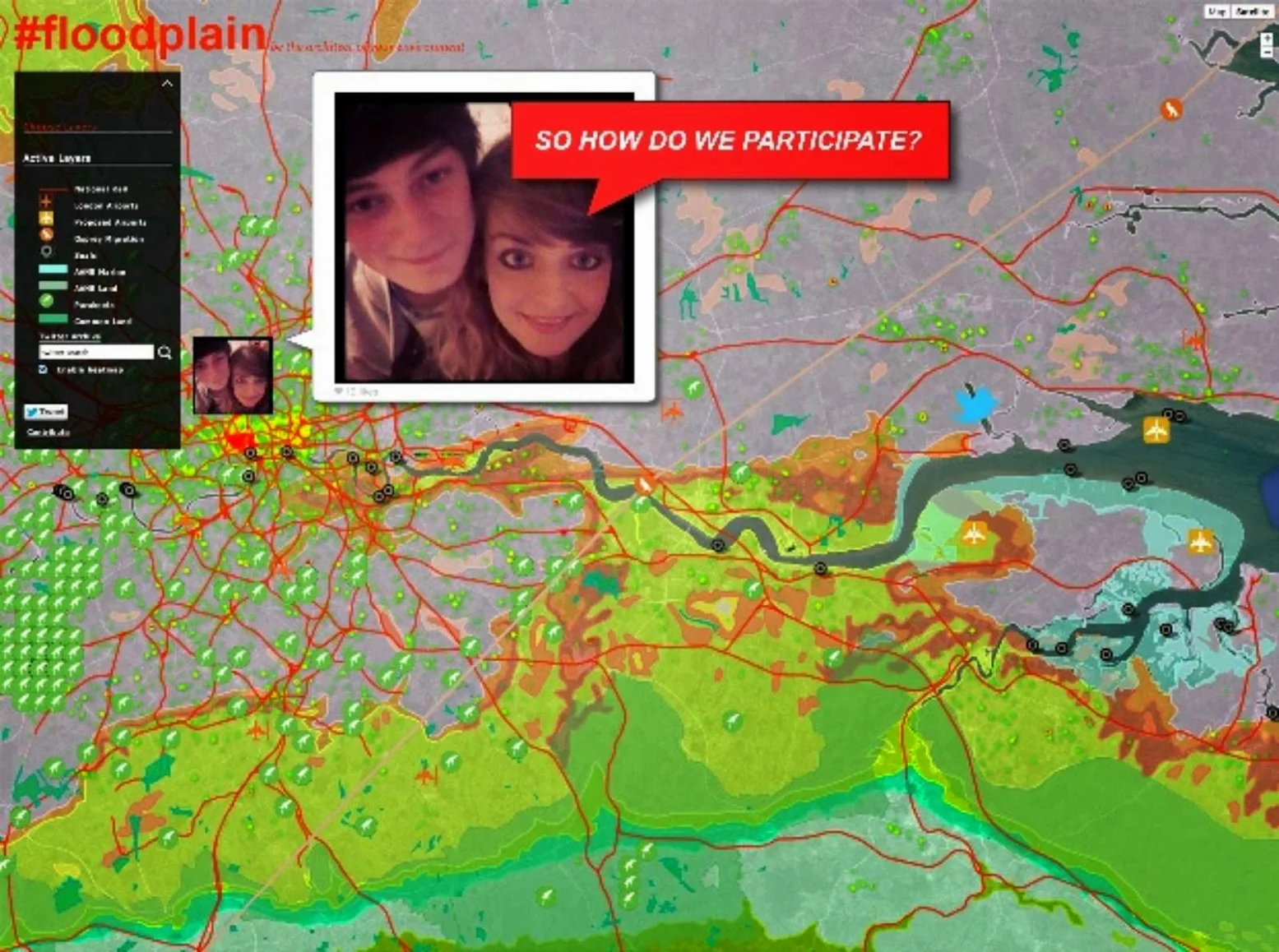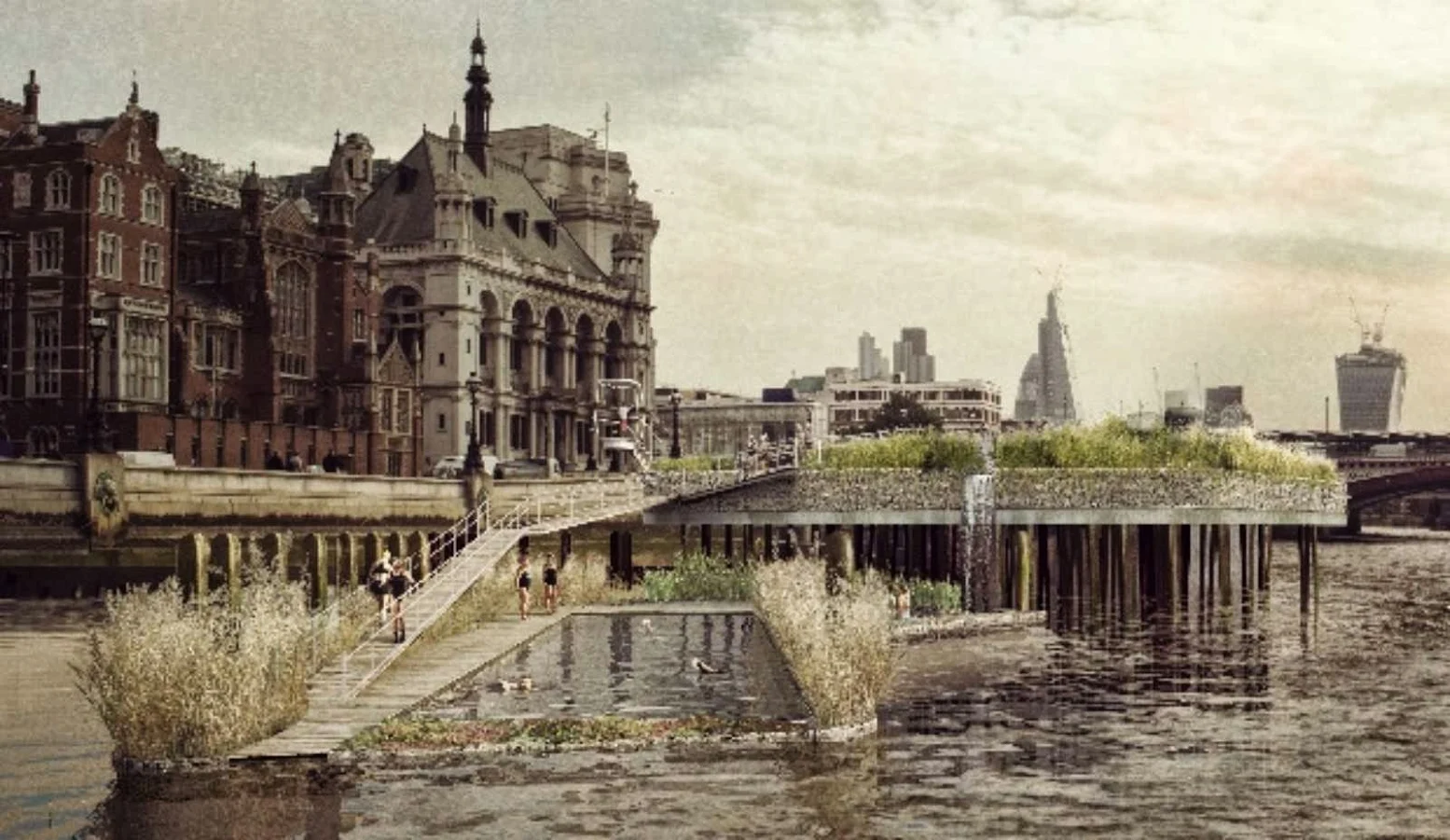
Working closely with Rogers Stirk Harbour + Partners and the Royal Academy of Arts, The Architecture Foundation launched an open call for multidisciplinary design teams to put forward new ideas and visions for self-selected sites along the Tidal Thames reflecting on relevant changing social, economic, cultural and environmental conditions and concerns.

With proposals for new airports, floating villages and increased connectivity between North and South London it seemed an appropriate time to consider how this artery that runs through the Capital can best be harnessed to aid the way we will live in the future.

The London As It Could Be Now Open Call sought for architect-led teams to express an interest in taking part in an honorarium supported public design workshop, which was held on Sunday 22 September. The workshop saw the five selected teams presenting their proposals and ideas relating to the Thames to a panel of expert advisors as well as to a general audience.

The panel consisted of Patricia Brown, Director, Central; Deputy Chair of the Mayor’s Design Advisory Panel (Chair), Eric Parry, Principal, Eric Parry Architects, Andy Bryce, Associate Partner, Rogers Stirk Harbour + Partners and Georgina Young, Senior of Contemporary, Museum of London.

Design teams were asked to submit portfolios of their past work along with a covering letter that explained why they were interested in the initiative, which site(s) they wished to work with along the Thames and what issue(s) they were keen to address. The public design workshop highlighted the importance and relevance of dreaming up new ideas for the city and how with public backing these ideas can be realised, drawing on examples such as the pedestrianisation of Trafalgar Square.